Implementing psychological hacks in your email marketing campaigns can not just boost sales, but can also help you skyrocket your engagement and brand loyalty rates.
After all, understanding psychology allows you to guide your subscribers and customers to take the desired action. This helps you get better sales, but it also allows your customers to quickly see the value you’re offering.
Today I’ll show you the 5 science-backed email marketing psychological principles that will lead to better sales, engagement and customer loyalty.
Table Of Contents:
1. Price anchoring
2. Less is actually more
3. FOMO
4. The foot in the door technique
5. Reciprocity
1. Price anchoring
It’s often said that the best way to sell a $2,000 watch is to put it next to a $10,000 watch.
This is what’s known as price anchoring. The truth is, most people are quite bad at determining the monetary value of anything.
What people do, actually, is just to compare it with a similar item. Sometimes this is easy to do (for example, with most food products). Other times, however, it’s much harder, especially when the item is a unique product.
- The science behind it
One of the most famous studies showing the effect of price anchoring came from Northcraft and Neale, who asked a group of respondents (including real estate experts) to estimate house values.
For the experiment, they were given pamphlets of the prices of surrounding homes, including some exaggerated prices.
The respondents (both students and experts) completely overestimated the price of the house due to the fake reference prices in the pamphlets.
- How to use it for better email campaigns
This one is pretty easy to implement. If you want to sell a moderately-priced item, it’s important that you first set a reference point.
The first product should be something pricier. Let’s say you want to sell headphones for $75. Let that be the second item that is shown in your emails.
The first item should be the more expensive headphones (both with similar features), let’s say ones priced at $150. After seeing that, the $75 dollar headphones will look that much more attractive.
2. Less is actually more
Barry Schwartz’s book The Paradox of Choice – Why More Is Less really emphasizes this point: the more options you give your customers, the fewer choices they’ll make.
That’s because they enter into a state of analysis paralysis, where they don’t know what to choose. It’s pretty much information overload.
If you want your readers to act, you need to limit the choices you present to them. You can also look at it as curation.
- The science behind it
In 2000, Iyengar and Lepper ran an experiment to see whether less was actually better. They showed a group of shoppers 24 different jams, and another group was shown just 6 types of jam.
The group that saw 24 different jams initially showed more interest, but only 3% ended up buying. The group that was shown just 6 jams had a much better conversion rate–30% ended up buying jam.
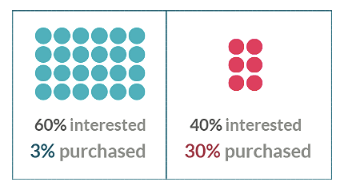
- How to use it for better email campaigns
This is a prime time to talk about the benefits of segmentation. You see, when you don’t segment your lists, you end up sending the same email to everyone. That’s why most marketers just add a bunch of products to appeal to the majority.
But with segmentation, you can send out different emails based on the segment that you created.
Nonetheless, for better conversions, you need to think of the item or items you’d like your subscribers to buy, and then create your campaigns around that.
That means you should limit the number of products in your emails. Have a featured item, and then 2 or 3 supporting items–and that’s it.
You’ll have better conversions with less work.
3. FOMO
The Fear of Missing Out (or FOMO) is a powerful psychological motivator that gets people to act.
This is based on the fact that, well, people are scared that they’re gonna miss out on something (like an experience, event or investment) that that they’ll end up regretting.
- The science behind it
Worchel, Lee, and Adewole explored FOMO in a popular experiment. They showed a group of students similar cookies in two different jars. The students had to rate the value of the two jars of cookies, and initially they were valued pretty similarly.
Later, however, one of the jars had 8 cookies removed. Because of this, however, most of the students valued the jar with only 2 cookies in it much more than the one that had all 10 cookies.
- How to use it for better email campaigns
You can introduce FOMO into your email campaigns by adding some scarcity. This can be done by having sales, products, or events on a limited-time basis.
This is what Omnisend customer Runway Rogue did in the email below:
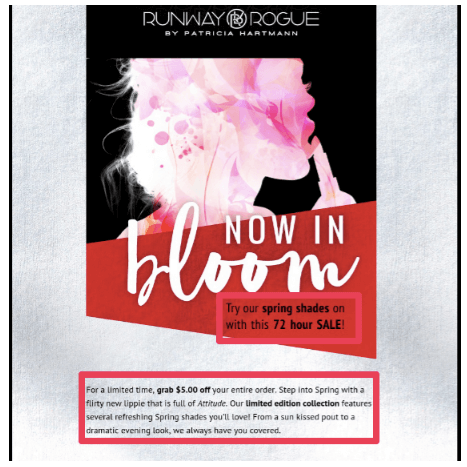
This creates a sense of urgency and scarcity so that subscribers felt more compelled to buy.
4. The foot in the door technique
This email marketing psychology hack is based on asking people to agree to smaller requests before asking them to do the bigger ones.
This leads more people to agreeing to the bigger requests, since you “warmed them up” with the smaller ones.
If you have a great e-commerce marketing strategy, you can easily use this along the way to get more of your subscribers to buy from you.
- The science behind it
An early study that showed the effectiveness of this psychological principle is the 1966 experiment by Freedman and Fraser.
Here, they called around to Californian housewives and asked to discuss the household products they use. Three days later, they called again to ask fi 5-6 men could go to their homes and inspect their cupboard for 2 hours.
Those women that had agreed to the first request (to talk about household products) were two timers more likely to agree to the second (bigger) request.
- How to use it for better email campaigns
You can do smaller requests quite easily in your email marketing campaigns. In fact, you can start it when the subscriber first signs up—just add double opt-in to your popup forms (I recommend you use an exit-intent popup here, as it won’t annoy your visitors and generally gives the best conversion rates).
Afterward, you can make smaller steps on their customer journey by having them fill out a survey, do a quiz for a prize, or even download an ebook.
All of these things warm them up for the bigger request you have: to buy something from you.
5. Reciprocity
Lastly, we have an interesting phenomenon known as reciprocity. This psychological principle comes from the social anxiety or pressure people feel when they unexpectedly receive something for free.
They feel an urgency to “payback” this gift by giving something back of equal value, or sometimes of even greater value.
- The science behind it
Researcher Philip Kunz did an experiment on reciprocity by sending Christmas cards to 600 people. However, he had never met those people before: he just wanted to see how many of them would reciprocate.
Of those 600, he received almost 35% back. That’s right: more than 200 people sent a warm, wonderful Christmas card back to a man they’d never even met.
- How to use it for better email campaigns
One of the best ways to use reciprocity in your email marketing is to give something unexpected (and of value) to your subscribers.
You can do this with a free resource (like a great ebook or video course) or even a small gift. Your gift can be free shipping, a % discount, or even an actual gift, such as a keychain, coffee mug or something similar.
This will make it more likely for your subscribers to want to “pay you back” by buying something from your store.
So, which is the best? Out of all these 5, the one that is best for your store will depend on your products and e-commerce marketing strategy.
However, the one consistent rule in e-commerce, as well as in business in general is: ABT—always be testing.
That’s why it’s important that you see which works best for you and continue improving on that. That way, you’ll see much better and happier returning customers.
Good luck!
Bonus Read: Automate Your Email Marketing To Increase Your CLTV





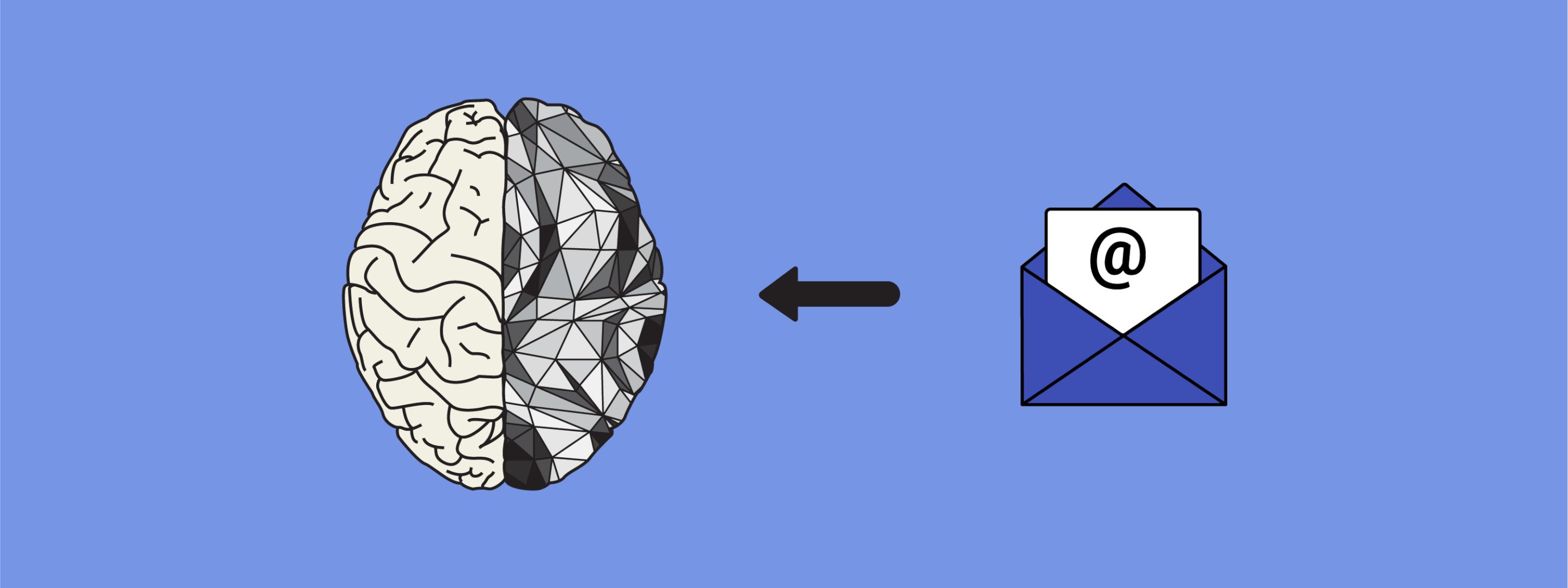

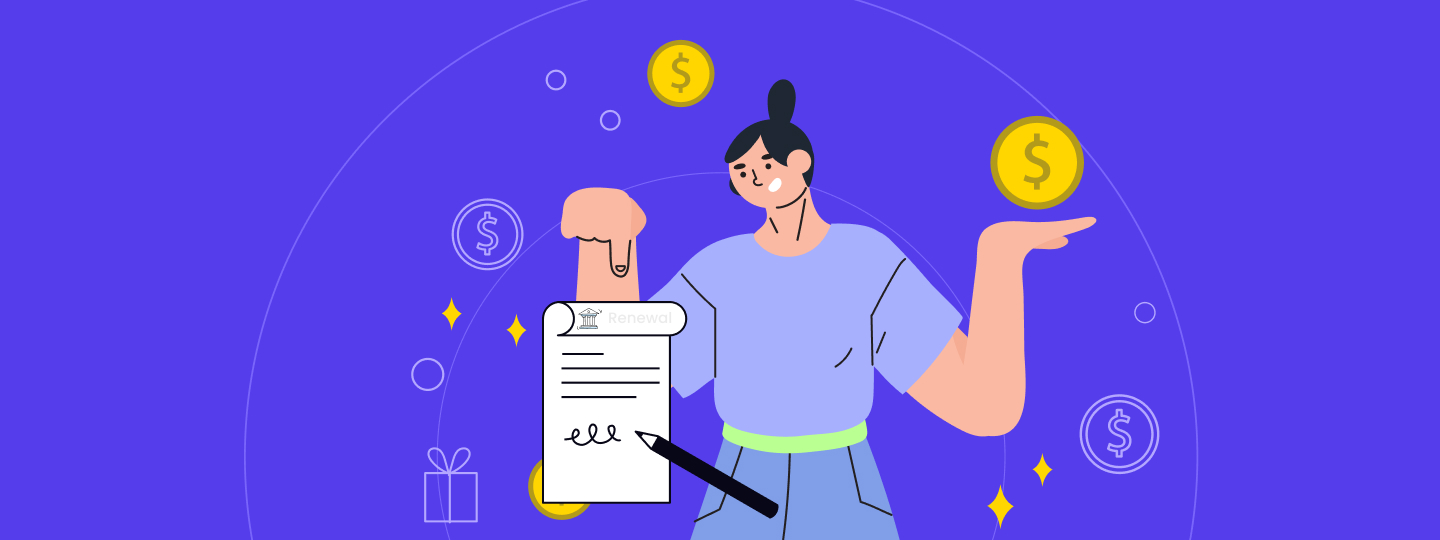
 Prakhya Nair
Prakhya Nair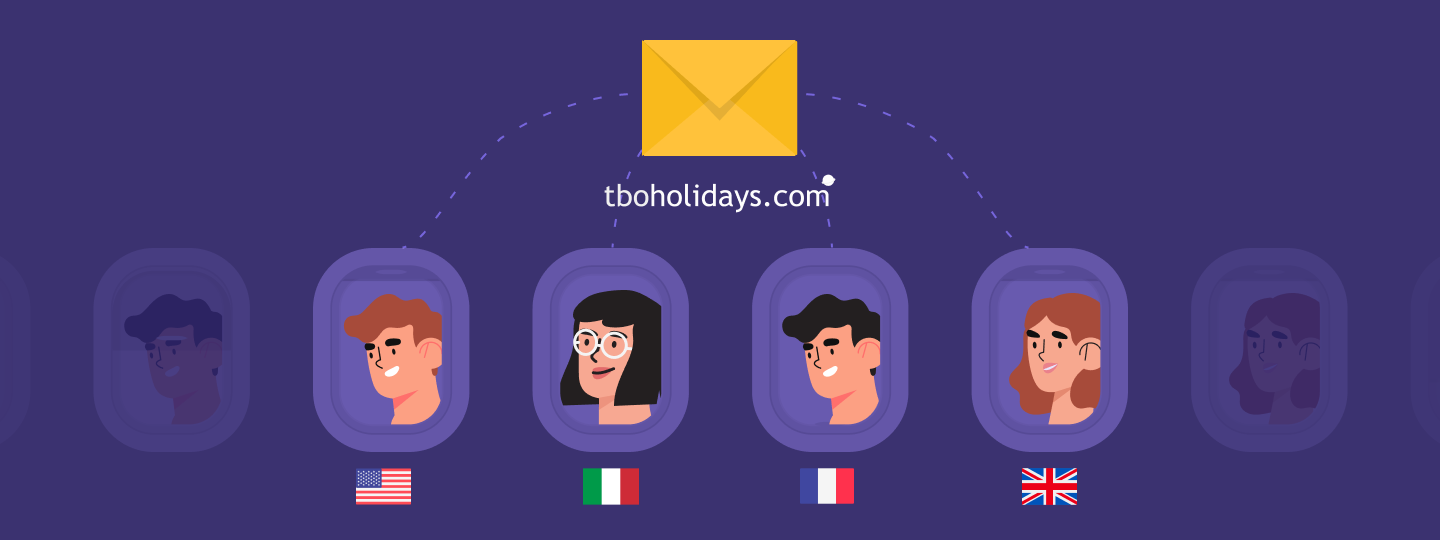
 Dev Iyer
Dev Iyer
 Diksha Dwivedi
Diksha Dwivedi